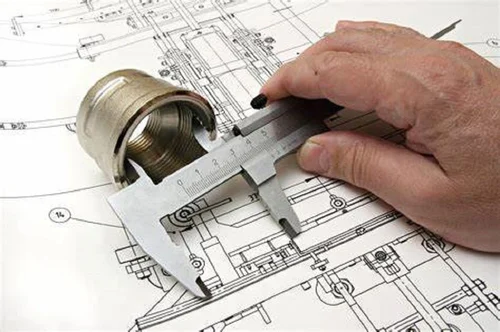
Mechanical Engineering Computer-Aided Design and Computer-Aided Manufacturing, commonly known as ME CAD/CAM, is a pivotal aspect of modern engineering that integrates advanced technology into the design and manufacturing processes. CAD refers to Computer-Aided Design, a technology that enables engineers to create detailed and precise digital representations of mechanical components and systems. This digital modeling facilitates a thorough exploration of design alternatives, allowing for rapid prototyping and reducing the need for physical prototypes.
On the other hand, CAM, which stands for Computer-Aided Manufacturing, focuses on the use of computers to control and optimize the manufacturing process. ME CAD/CAM systems seamlessly link the design phase with the manufacturing phase, ensuring a smooth transition from digital models to physical products. This integration enhances efficiency, accuracy, and speed in the production cycle, resulting in cost savings and improved product quality.
One of the significant advantages of ME CAD/CAM is its ability to facilitate the automation of various manufacturing processes. This includes computer-controlled machinery, robotic systems, and 3D printing technologies. These automated processes not only enhance precision but also contribute to increased productivity by reducing manual intervention and errors.
In conclusion, ME CAD/CAM plays a vital role in the field of mechanical engineering by revolutionizing the way products are designed and manufactured. The synergy between computer-aided design and manufacturing processes not only streamlines production but also empowers engineers to innovate more efficiently. As technology continues to advance, ME CAD/CAM is likely to evolve further, driving continuous improvements in the design and manufacturing landscape.